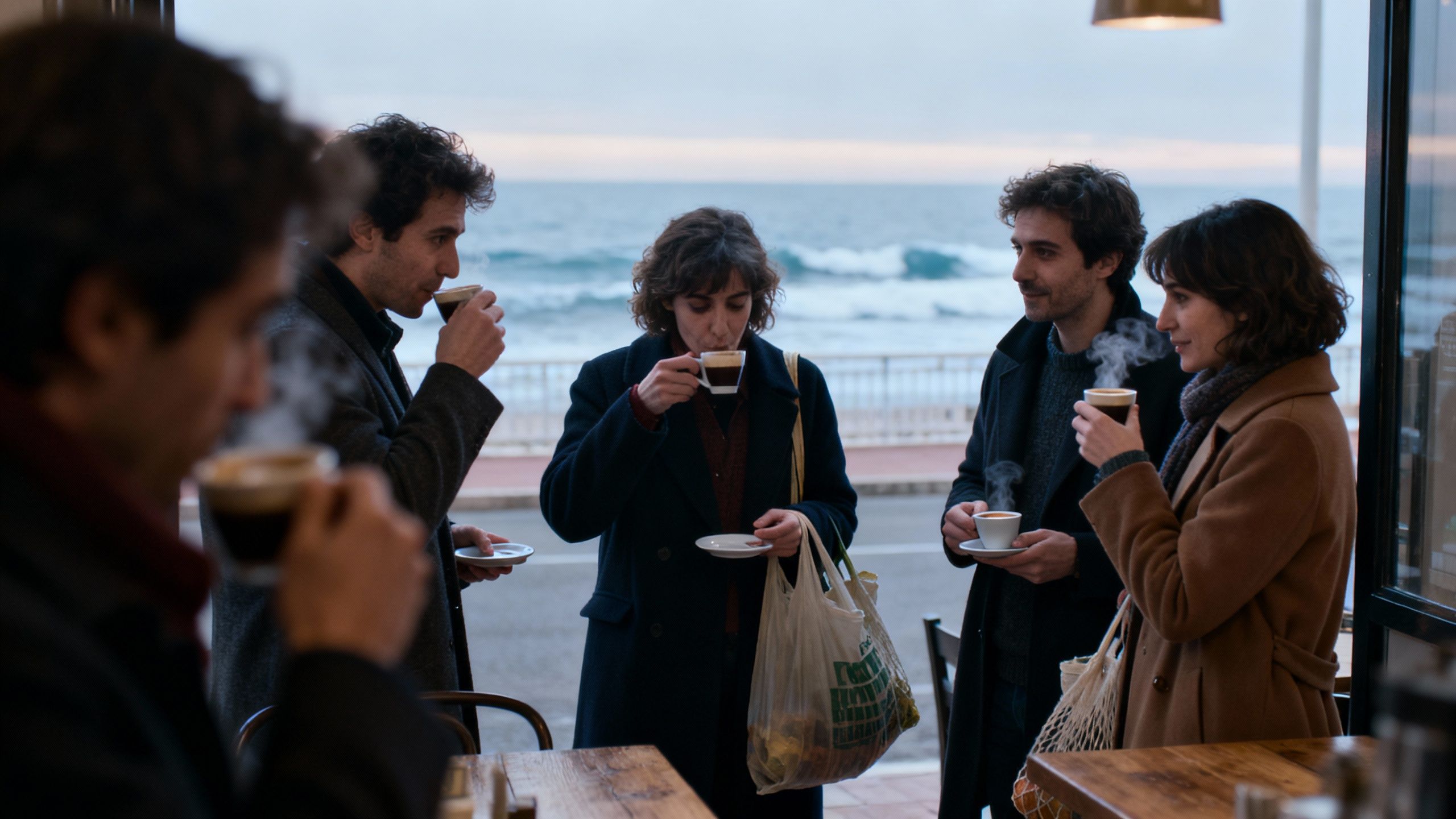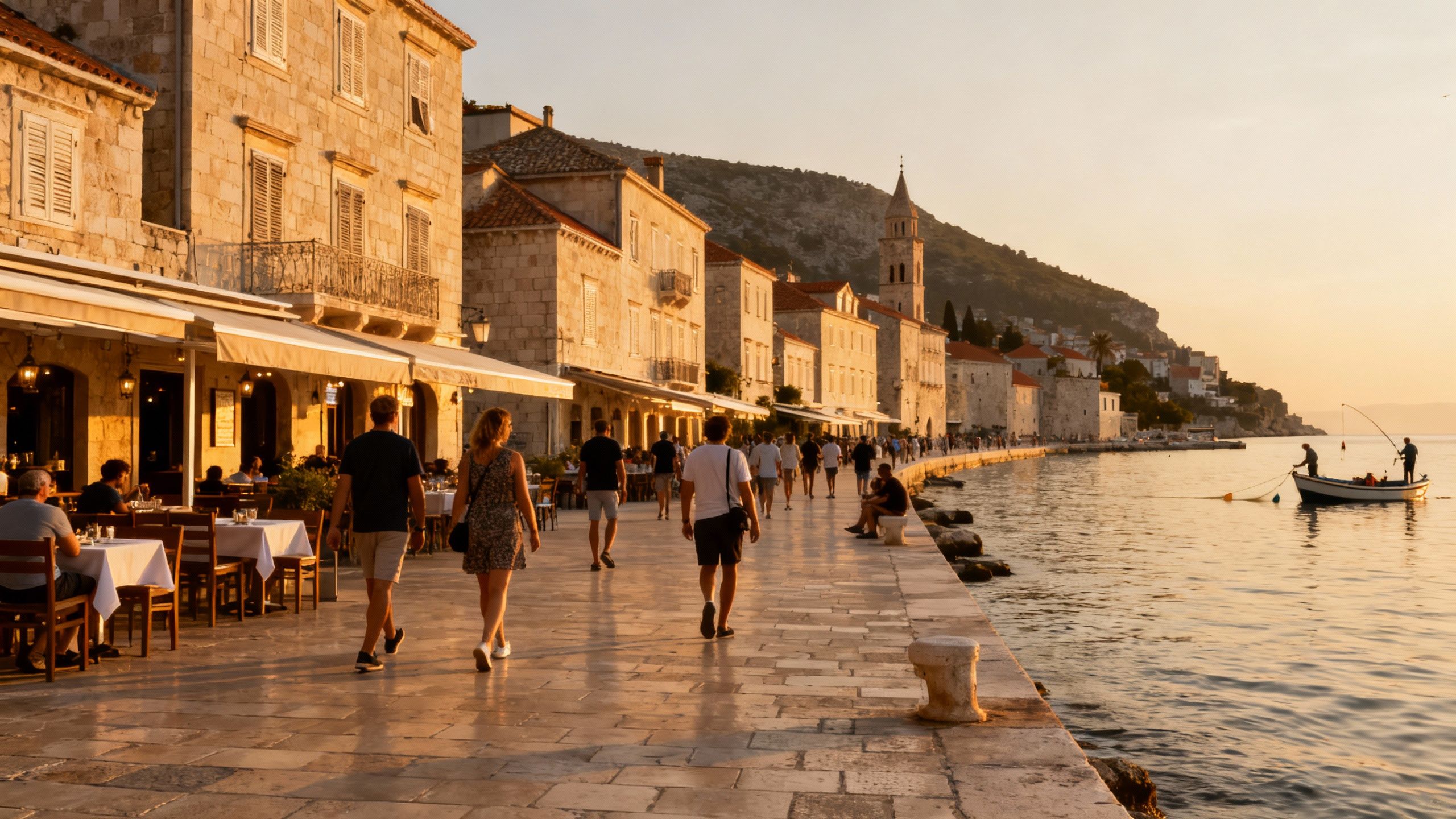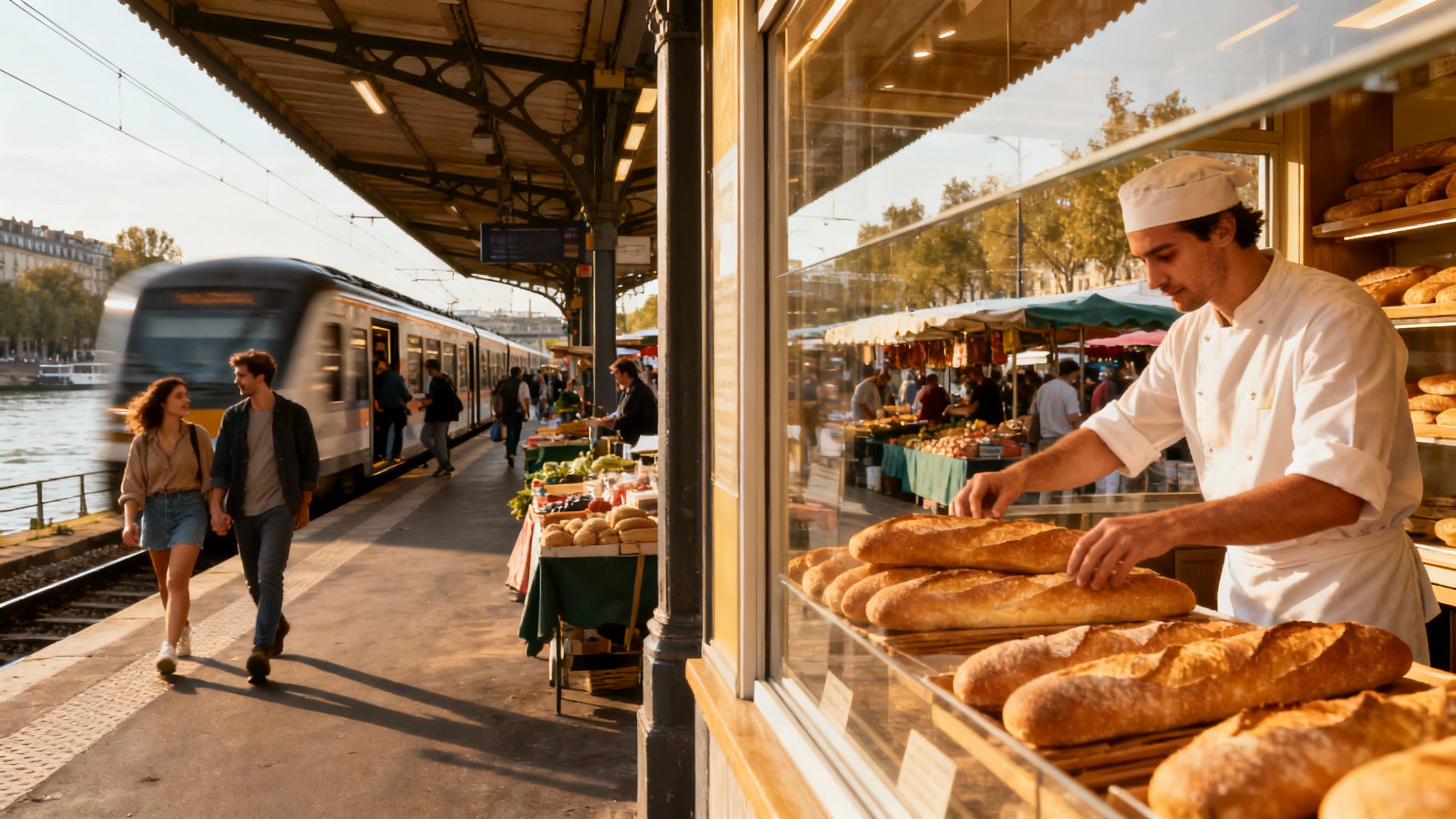When the Riviera Feels Unaffordable — Two Places Where It Isn't
The Riviera’s ‘unaffordable’ tag overlooks neighbourhood nuance. Seasonal viewings, micro‑neighbourhood scouting and targeted inspections reveal coastal opportunities for lifestyle-focused buyers.
Imagine walking along the Promenade des Anglais before breakfast, then buying fruit from the Cours Saleya market at noon. France can feel like a slow-motion film—coffee, conversation, careful craft—and along the coast that rhythm is stitched to sea and sun. But the headline that “the Riviera is unaffordable” flattens this experience. There are neighbourhoods, seasons and property types where life by the Mediterranean is within reach. This piece shows where the Riviera’s reputation misleads buyers and where practical opportunity meets the lifestyle you came for.
Living coastal France: everyday scenes that matter
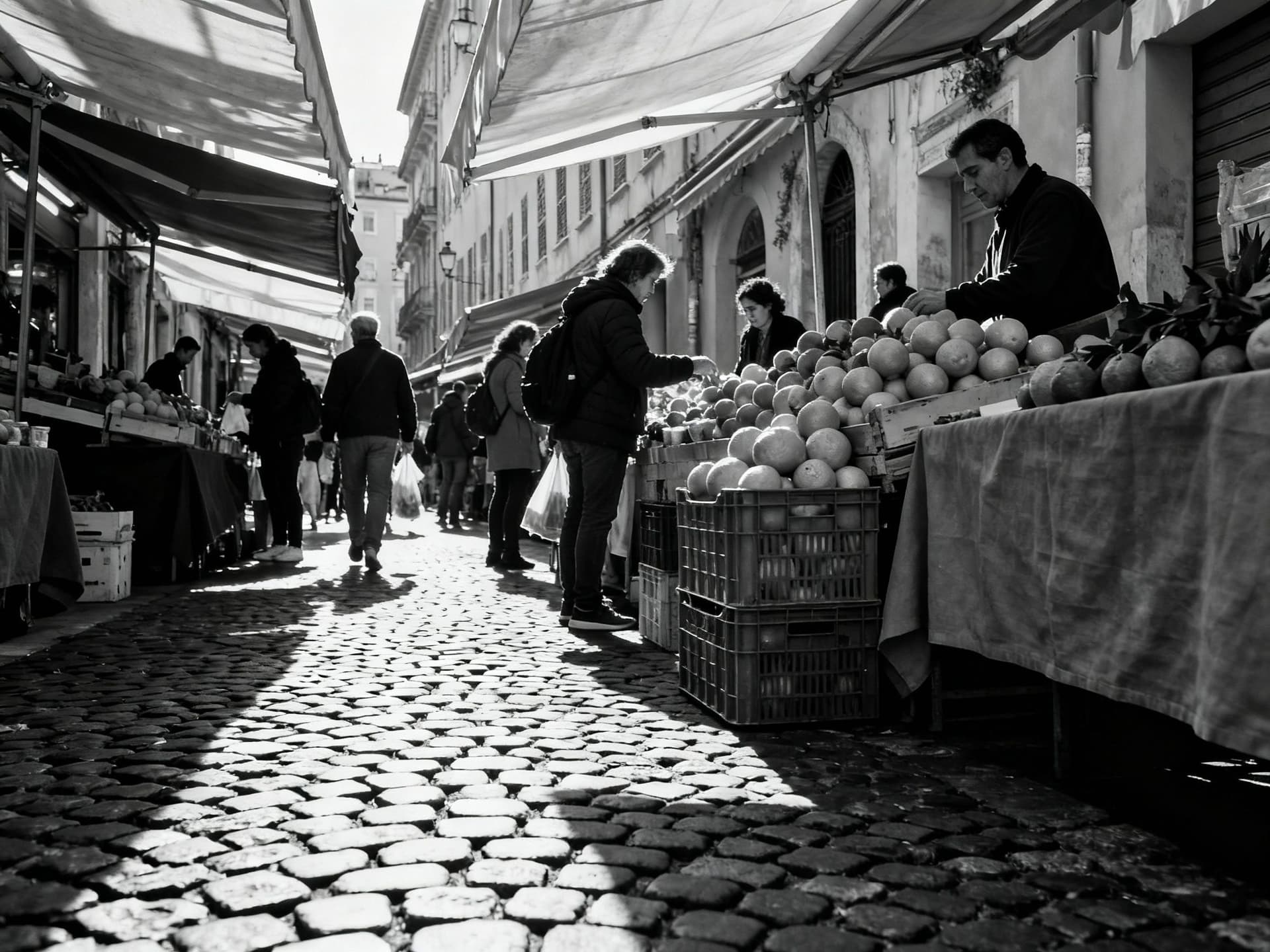
The Riviera is not a single market. Parisian-style premiums cluster in a handful of towns, while other coastal strips retain village scale and sensible prices. Recent INSEE data shows national prices stabilised then rebounded in early 2025, but regional variation remains wide. For lifestyle buyers the point isn’t national averages; it’s knowing which streets give you sea views without forcing you into headline price bands.
Nice to Menton: different moods, different markets
Nice mixes boulevard cafes, municipal beaches and dense apartment life; Menton still feels like a garden town. Walk Rue Bonaparte in Nice for specialist bakeries, then cross to Old Nice for narrow streets and aperitif culture. A 10–15 minute drive east can drop you into quieter neighbourhoods where properties are older, plots larger and pricing less pressured.
South of Cannes: the lesser-known coastal belts
Cannes and Cap d’Antibes command top prices, but the coastal municipalities between Fréjus and Le Lavandou offer a different pace. Here you’ll find patios, tile roofs and cafés where locals still know your name. These pockets tend to reward buyers who prioritise daily comfort over a trophy address.
Lifestyle highlights to scout on the coast: • Morning: Cours Saleya market, Nice — seasonal produce and breakfast societe. • Coffee: Place Masséna terraces — people-watching and transit links. • Beach: Plage de la Garoupe, Antibes — sheltered coves and family-friendly sand. • Dinner: Old Menton bistros — citrus-driven cuisine. • Hidden: Small harbour-side boulangeries in Villefranche-sur-Mer.
From daydream to deed: practical choices that preserve the lifestyle
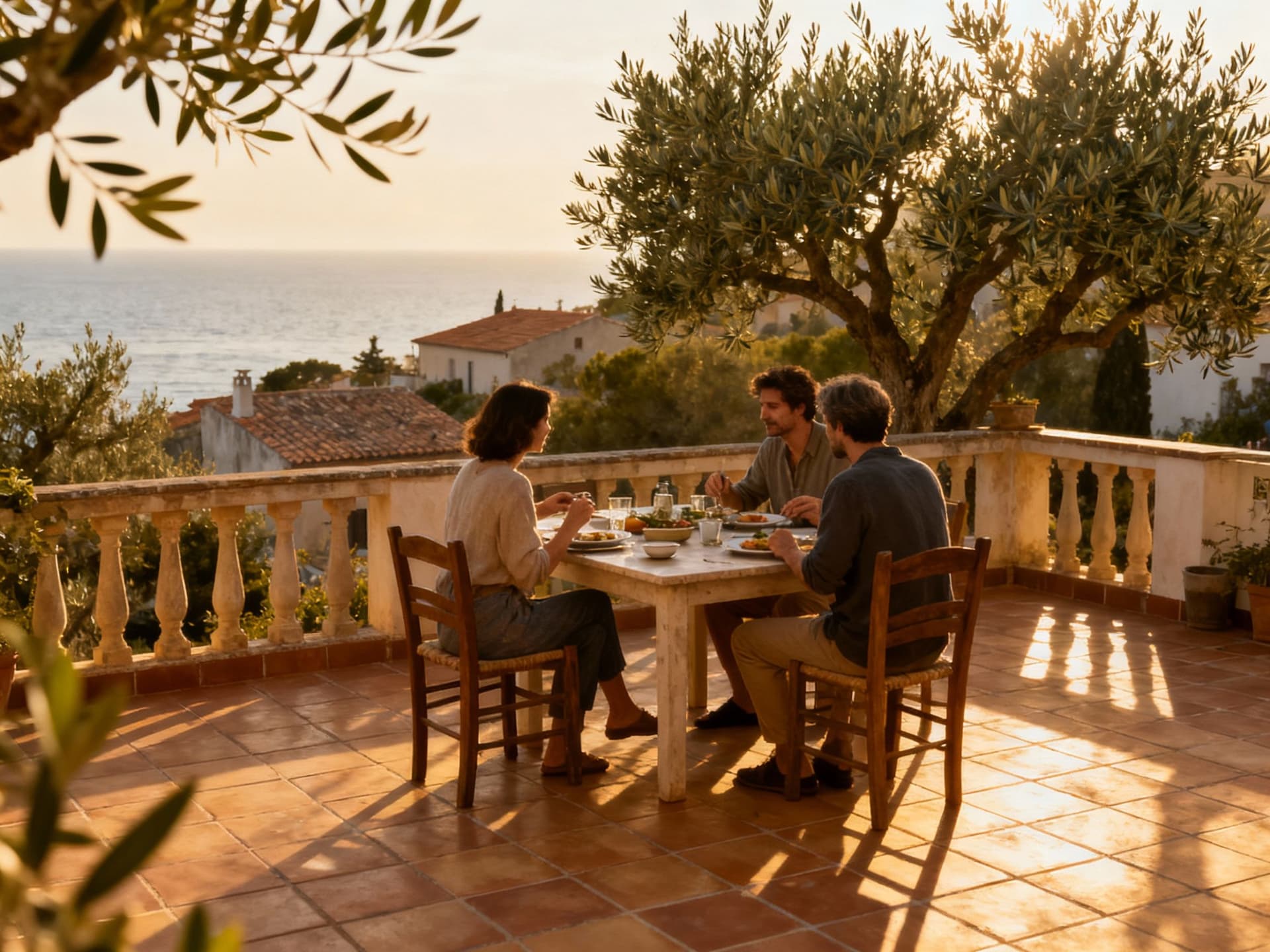
You can buy coastal lifestyle without overpaying — but that requires trade-offs. Size, proximity to the water, period features and commune taxes all change the equation. Think in terms of lived priorities: morning light on the terrace, space for guests, or short walks to the market. Those priorities map to specific property types and neighbourhoods more reliably than broad labels like ‘Riviera’ or ‘Côte d’Azur’.
Property styles and how they shape daily life
A compact apartment in Old Town keeps you in the action: cafes downstairs, markets a short walk away. A modest villa on the coastal hills buys outdoor space and privacy at the cost of daily driving. Renovated 1970s complexes often provide terraces, parking and pools — practical for families and seasonal rental when you’re away. Match the property to how you really want to spend mornings and weekends.
Work with agencies that understand tempo, not just listings
How local expertise helps preserve lifestyle: • Micro-neighbourhood knowledge — agencies can point to streets that keep market access without the tourist crush. • Seasonal timing — agents know when owners list (after festival seasons or in late autumn) and when bargaining power rises. • Practical inspections — coastal properties need moisture, drainage and orientation checks. • Community fit — agents advise on whether a district is social (cafés, clubs) or quieter (residential lanes).
Insider knowledge: myths, red flags and real opportunities
Myth: the Riviera is uniformly expensive. Reality: pockets of affordability exist where local demand is steady but not overheated. Myth: buying off-season is always better. Reality: winter viewings reveal condensation problems and summer showings hide structural issues. Smart buyers use seasonal contrast to their advantage and verify what they see.
Cultural cues and things expats often underestimate
French sellers expect formality in initial offers; a casual verbal promise seldom replaces a written agreement. Local social life tends to centre on markets, small clubs and municipal events; these matter more than rooftop bars for integration. Learning basic French courtesies accelerates trust and can materially affect whether you’re offered off-market opportunities.
Steps to identify good-value coastal buys: 1. Research price indices for the commune versus department averages. 2. Visit the street at three times of day and two seasons. 3. Order a pre‑purchase moisture and structural report. 4. Ask local agents about recent off‑market sales. 5. Build an offer cadence that matches local customs (formal written offers).
Where daily life improves first: small, real examples Picture a slightly weathered townhouse two streets from the port where fishermen greet each other at dawn. You can walk to a market, tuck into a café and still find a quiet balcony for reading. Those micro-advantages—regular morning routines, a reliable boulangerie, a local boulodrome—are the things that make coastal France worth buying into. They’re also the markers local agents use to value a neighbourhood beyond headline per-square-metre figures.
Red flags to watch for on the coast: • Repainted facades hiding damp or salt damage. • Overly polished staging without technical reports. • High turnover buildings with frequent short‑term lets. • Communes with rising taxes but no infrastructure investment. • Streets that are tourist hotspots by day but dead at night.
Longer view: how the lifestyle evolves after purchase Expect your relationship with the place to deepen. Neighbours become regulars at your local market. The house adapts—you add shading for high summer, a wood-burning stove for crisp winters. If you plan to rent, understand seasonality and local regulation around short-term lets. If you plan to retire there, look for nearby healthcare access, municipal services and community groups.
Conclusion: fall in love first, buy with local clarity. The Riviera’s reputation as simply ‘too expensive’ misses nuance. Use season-aware viewings, targeted neighbourhood research and technically minded agents to secure the life you want without paying for someone else’s postcard. Start by listing the three daily routines you won’t compromise on—and have your agent show you streets that offer them.
Dutch relocation advisor who moved to Marbella in 2016. Guides Dutch buyers through visa paths, relocation logistics, and balance of lifestyle with value.
